The world of theater is undergoing a radical transformation, one that blurs the lines between the tangible and the ethereal. Holographic technology has stepped into the spotlight, creating stages where phantom actors from different eras can share the same space, breathing new life into classical performances while challenging our very perception of live art. This isn't mere projection or digital trickery—it's a seismic shift in how stories are told, where the boundaries of time and space dissolve under the glow of lasers and the precision of optical illusions.
At the heart of this revolution lies the ability to resurrect performances from the past with unnerving authenticity. Imagine Laurence Olivier's Hamlet sharing the stage with a contemporary actor, their gestures and voices intertwining as if separated by mere moments rather than decades. The technology captures not just the likeness but the essence of performances—the subtle tremor of a hand, the fleeting microexpressions that define great acting. Archivists are racing to preserve legendary performances in this format, creating a library where the ghosts of theater's golden age might never fade.
The creative possibilities unfold like scenes in a play themselves. Directors now manipulate time as freely as stage lighting, constructing dialogues between actors who never met in life. A Russian Chekhov production might feature the playwright himself observing his characters with knowing sadness, while experimental troupes create impossible ensembles—Marlon Brando's Stanley Kowalski screaming at a holographic Blanche DuBois performed live by an actress in another country. The collisions produce revelations about texts we thought we knew intimately.
Audience experiences have become profoundly personal in these productions. With augmented reality interfaces, viewers can choose which ghostly performer to follow during scene transitions, creating unique narrative pathways through familiar stories. At a recent Shakespearean experiment, spectators wandered through a physical set while digital versions of different Hamlet interpretations (Olivier, Branagh, Tennant) appeared in different corners, allowing comparisons of soliloquy deliveries that would otherwise require decades of theatergoing. The very definition of "live performance" expands to encompass these temporal layers.
Technical marvels aside, the phenomenon raises haunting questions about artistic legacy and authenticity. When a holographic Maria Callas performs an aria, who is the artist—the long-gone diva, the programmers who reconstructed her, or the present-day orchestra keeping time with her digital lungs? Theater unions grapple with the ethics of "casting" deceased performers, while estates of famous actors become reluctant gatekeepers to posthumous careers. The technology outpaces our cultural frameworks, leaving audiences to wonder whether they're witnessing resurrection or sophisticated puppetry.
Purists argue that the live connection between performer and audience—that electric current of shared presence—cannot be replicated by light refractions. Yet attendees at these hybrid performances describe uncanny moments when the distinction ceases to matter. When a holographic Judy Garland leaned toward the front row singing "Over the Rainbow," spectators reported reaching out instinctively, their fingers passing through the light even as their emotions were undeniably touched. The tears were real, even if the face that inspired them wasn't, in the strictest sense.
Educational applications proliferate alongside artistic ones. Theater students can now share virtual stages with mentors from across history, their digital partners adjusting blocking in real-time based on motion sensors. A Stanislavski hologram coaches method acting while a Brechtian avatar demonstrates alienation techniques—pedagogical possibilities that would have seemed like science fiction a generation ago. The ghosts in this machine serve not as replacements for living teachers, but as bridges across time, connecting craft traditions that might otherwise fade.
As the technology becomes more accessible, experimental theaters worldwide are exploring its narrative potential. A Tokyo collective created a piece where audience members' deceased loved ones appeared as minor characters based on uploaded memories—a profound meditation on grief and presence. In Berlin, a Holocaust memorial production used holograms of survivors who could "respond" to questions via AI, creating living documentaries. The stage becomes a séance circle, a time machine, a memory palace made manifest.
The economic implications ripple outward. Ticket prices for holographic performances command premiums, yet eliminate touring costs for legendary performers (albeit in spectral form). Physical theaters retrofit with light-field displays and quantum dot screens, while "black box" studios transform into capture spaces where today's stars leave behind high-resolution performances for future generations. A new copyright landscape emerges around digital performance rights, with some actors negotiating clauses to control their holographic selves in perpetuity.
Perhaps most intriguingly, the technology begins influencing how living performers approach their craft. Actors now consider how every gesture and vocal inflection might be analyzed and reconstructed decades hence, adding layers of intentionality to their work. Playwrights write scenes knowing they might someday include historical figures as characters, while directors conceive productions that exist simultaneously in multiple eras. The theater has always been a mirror to society—now the mirror reflects not just across space, but time.
As the curtain rises on this new era, one truth becomes clear: the magic of theater never lay solely in its material reality. From shadow puppets to Pepper's ghosts to today's quantum holography, audiences have always willingly suspended disbelief to commune with illusions. The current revolution merely amplifies this ancient contract between performer and spectator, allowing us to glimpse, however fleetingly, the impossible handshake across centuries. The stage lights now illuminate not just the space before us, but all the performances that came before—and perhaps, those yet to unfold.

By /Jul 9, 2025
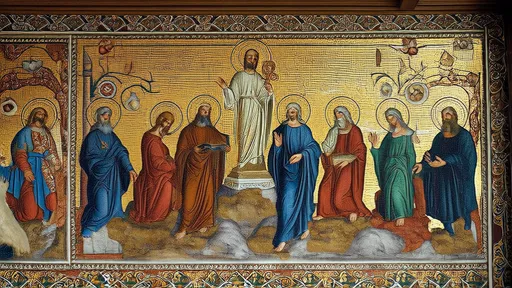
By /Jul 9, 2025
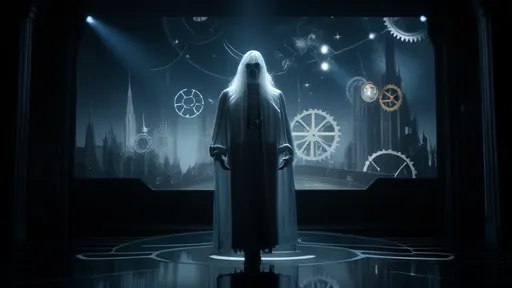
By /Jul 8, 2025

By /Jul 8, 2025
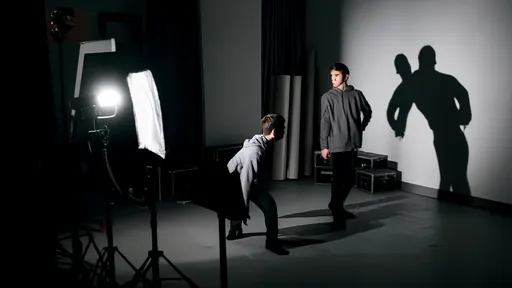
By /Jul 8, 2025
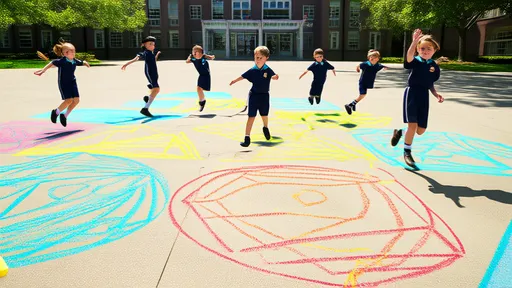
By /Jul 8, 2025
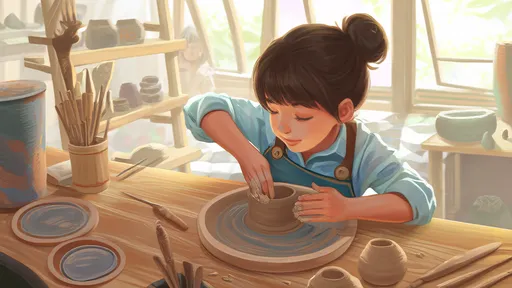
By /Jul 8, 2025
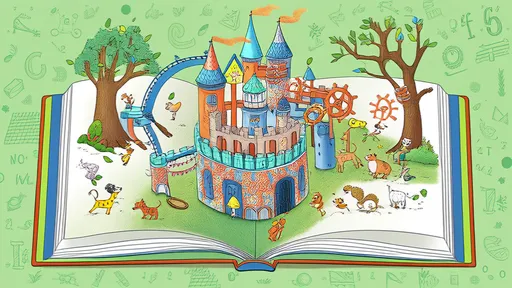
By /Jul 8, 2025

By /Jul 8, 2025
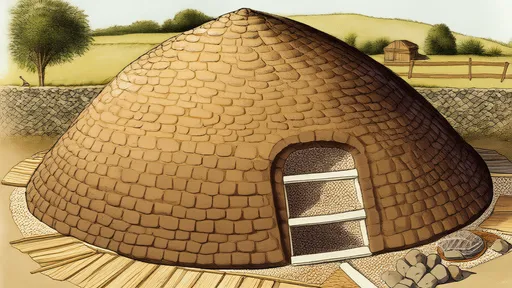
By /Jul 8, 2025
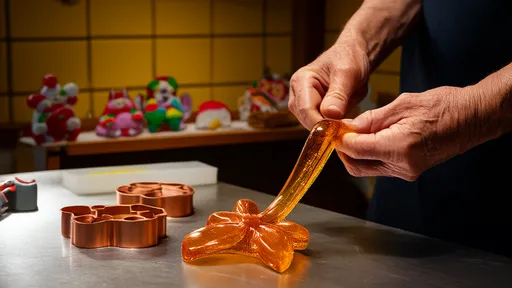
By /Jul 8, 2025
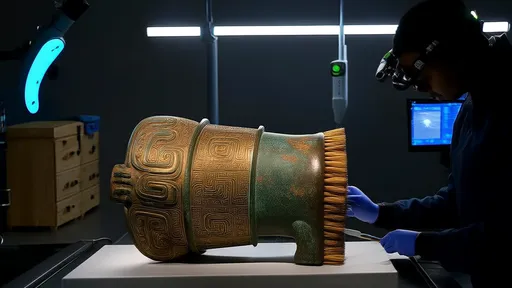
By /Jul 8, 2025

By /Jul 8, 2025
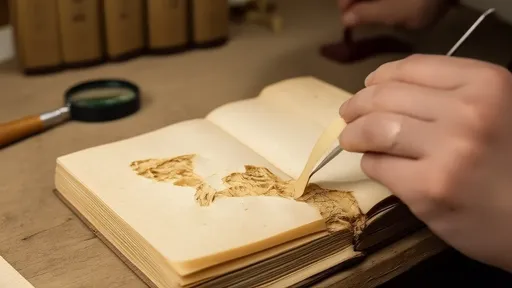
By /Jul 8, 2025

By /Jul 8, 2025

By /Jul 8, 2025
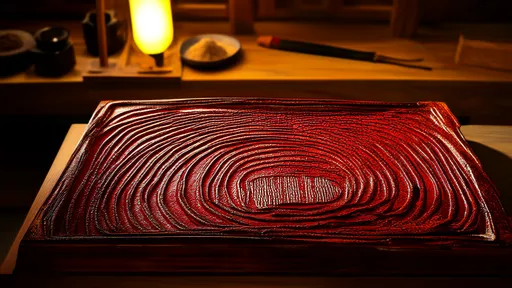
By /Jul 8, 2025
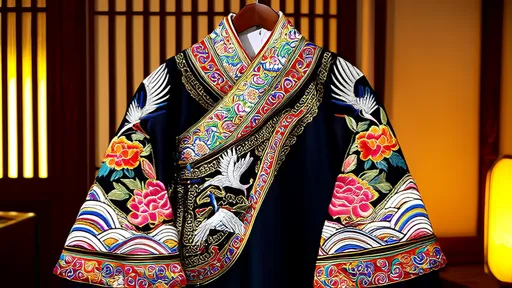
By /Jul 8, 2025